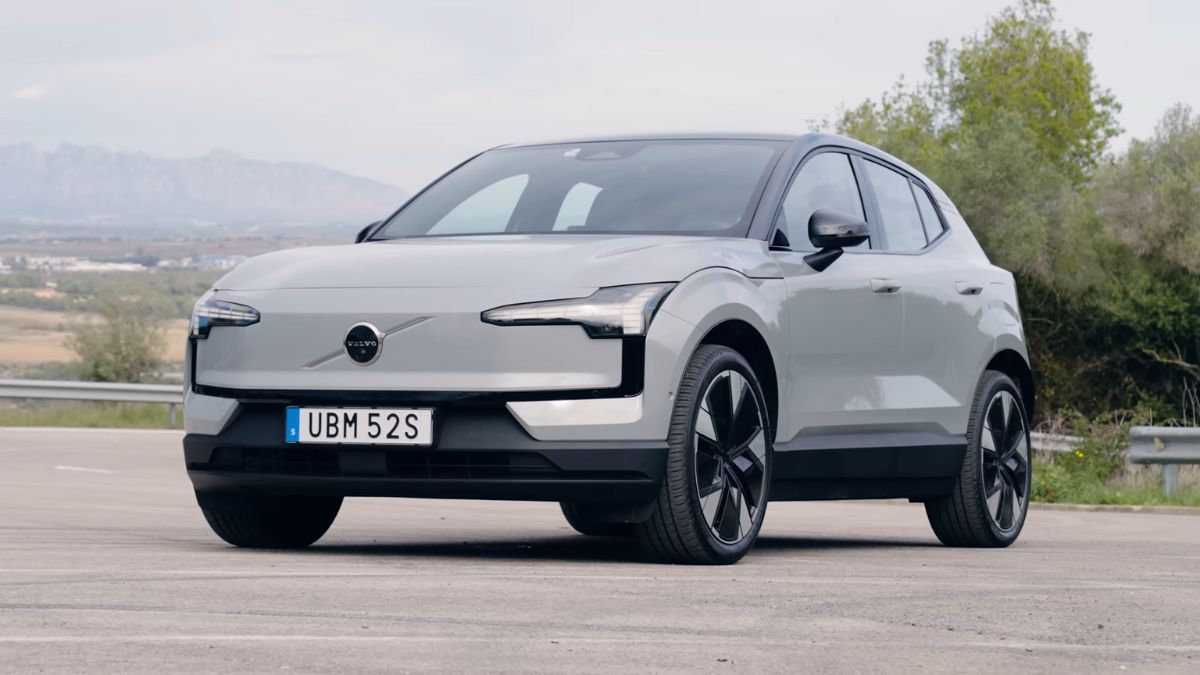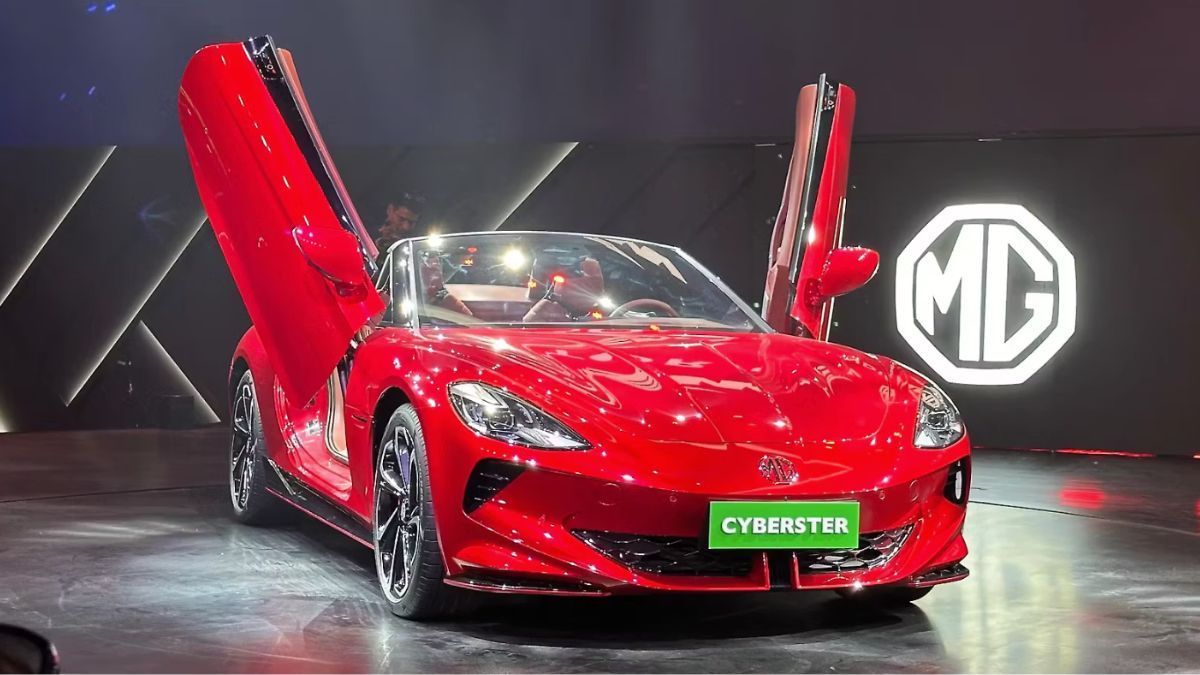
Tata’s Premium SUV Revolution: 3 Game-Changing Models Coming to India in 2026-27
Tata Motors is set to redefine India’s SUV market with three premium models launching in 2026-27, blending style, tech, and performance.
India’s electric vehicle (EV) revolution is gaining momentum, and the next couple of years are set to be game-changers. After diving deep into the latest automotive trends and analyzing insights from the Bharat Mobility Global Expo 2025, I’ve curated a list of seven highly anticipated electric cars slated to launch in India by 2025-26. These vehicles, from leading brands like Maruti Suzuki, Tata, Mahindra, and Volvo, promise to redefine mobility with impressive ranges, cutting-edge technology, and sustainable designs. Let’s explore what’s coming and why these EVs are worth the buzz, with a few additional insights to spark your excitement!

Maruti Suzuki, India’s largest carmaker, is finally entering the EV race with the e-Vitara, expected to launch around Diwali 2025. Built on the Heartect-e platform, this compact SUV will offer two battery options: 49 kWh and 61 kWh, delivering a range exceeding 500 km. Its sleek design, showcased at the Bharat Mobility Global Expo, blends Maruti’s signature affordability with modern EV tech. Expect features like a touchscreen infotainment system and advanced driver assistance systems (ADAS), making it a strong rival to the Hyundai Creta EV.
Why It’s Exciting: As Maruti’s first EV, the e-Vitara could democratize electric mobility in India, much like the Maruti 800 did for cars decades ago. Its competitive pricing (estimated at Rs. 20-25 lakh) and widespread service network make it a game-changer.
Additional Insight: Imagine Maruti leveraging its vast dealership network to offer home-charging solutions, easing range anxiety for first-time EV buyers. This could set a new benchmark for accessibility in India’s EV market.

Tata Motors is bringing back the iconic Sierra in an electric avatar, unveiled at the 2025 Bharat Mobility Global Expo. The Sierra EV, expected by mid-2025, will boast a 500+ km range, ultra-fast DC charging, and vehicle-to-load (V2L) and vehicle-to-vehicle (V2V) capabilities. Positioned alongside the Tata Harrier EV, it promises a premium cabin with a triple-screen setup and all-wheel-drive options.
Why It’s Exciting: The Sierra’s retro-modern design taps into nostalgia while offering cutting-edge EV tech, appealing to both young buyers and Tata loyalists. Its lifetime battery warranty is a bold move, ensuring long-term reliability.
Additional Insight: Picture the Sierra EV as a road-trip companion, with V2L powering your campsite gadgets. Tata could also introduce over-the-air updates for personalized driving modes, enhancing its lifestyle appeal.

Mahindra’s XEV 7e, essentially the electric version of the XUV700, is set to launch within the next 3-4 months. This three-row SUV will offer 59 kWh and 79 kWh battery packs, delivering a range exceeding 600 km. While it retains the XUV700’s familiar design, it skips the radical styling of its sibling, the XEV 9e, focusing instead on practicality and space.
Why It’s Exciting: As India’s first 7-seater electric SUV, the XEV 7e caters to large families, blending Mahindra’s rugged DNA with eco-friendly performance. Its competitive pricing (around Rs. 25-30 lakh) makes it a strong contender.
Additional Insight: Mahindra could integrate solar-powered charging panels or smart energy management systems, allowing owners to optimize battery usage during long drives—a feature perfect for India’s diverse terrains.

Volvo’s smallest SUV, the EX30, is slated for an August 2025 launch. Built on the Sustainable Experience Architecture (SEA), it features a 69 kWh NMC battery with a 474 km range. Priced around Rs. 45 lakh (ex-showroom) due to local assembly, this compact SUV brings Volvo’s signature safety and minimalist design to the premium EV segment.
Why It’s Exciting: The EX30 combines luxury with affordability, targeting urban buyers who want a premium EV without breaking the bank. Its compact size is ideal for navigating India’s crowded cities.
Additional Insight: Volvo could offer a subscription-based ownership model, including maintenance and charging credits, making the EX30 even more appealing to young professionals.

The facelifted Hyundai Ioniq 5, spotted testing earlier this year, is expected to launch by late 2025. Sporting N-inspired design elements, a new steering wheel, and physical controls, it will feature an 84 kWh battery pack with a 515 km range (WLTP). Priced around Rs. 50 lakh, it aims to elevate Hyundai’s premium EV game.
Why It’s Exciting: The Ioniq 5’s futuristic design and enhanced tech make it a standout in the premium crossover segment. Its fast-charging capability (20-80% in under 25 minutes) is a boon for long-distance travelers.
Additional Insight: Hyundai could introduce a “smart cabin” feature, integrating AI-driven climate control and voice-activated navigation, tailored for India’s tech-savvy drivers.

Kia is set to redefine the MPV segment with the Carens Clavis EV, launching by late 2025 or early 2026. Borrowing battery packs from the Creta Electric, it promises a range of over 460 km. This midsize electric MPV will combine family-friendly practicality with Kia’s sleek design and advanced features like ADAS and a panoramic sunroof.
Why It’s Exciting: The Carens Clavis EV opens a new segment in India, offering eco-conscious families a spacious, tech-loaded alternative to traditional MPVs. Its competitive pricing (estimated at Rs. 20-25 lakh) adds to its appeal.
Additional Insight: Kia could bundle the Carens EV with a home-charging kit or partner with charging networks to offer discounted rates, making it a hassle-free choice for families.

The MG Cyberster, a two-door convertible sports car, is set to launch by March 2025. Powered by a 77 kWh battery and dual motors, it boasts a 580 km range (CLTC) and a 0-100 kmph sprint in just 3.2 seconds. With scissor-style doors and a 10.25-inch driver’s display, it’s a head-turner priced around Rs. 60-70 lakh.
Why It’s Exciting: The Cyberster brings electric performance to the luxury segment, offering a thrilling drive for enthusiasts. Its unique design, inspired by the MG B Roadster, sets it apart in a sea of SUVs.
Additional Insight: MG could offer exclusive track-day experiences for Cyberster owners, tapping into India’s growing motorsport culture and elevating its premium appeal.
Internal Link: Discover more about MG’s luxury EVs in 2 Upcoming MG Luxury Cars in India.
These seven electric cars reflect India’s shift toward sustainable mobility, driven by rising environmental awareness, government incentives, and lower running costs. With ranges exceeding 450 km and features like fast charging and ADAS, they cater to diverse needs—from budget-conscious buyers to luxury seekers. The Bharat Mobility Global Expo 2025 showcased many of these models, highlighting the industry’s commitment to greener roads.
Additional Perspective: Beyond performance, these EVs could reshape India’s automotive culture. Imagine carmakers collaborating with renewable energy providers to create solar-powered charging stations, reducing the carbon footprint further. Additionally, gamified apps tracking your EV’s energy savings could make driving these cars even more engaging.